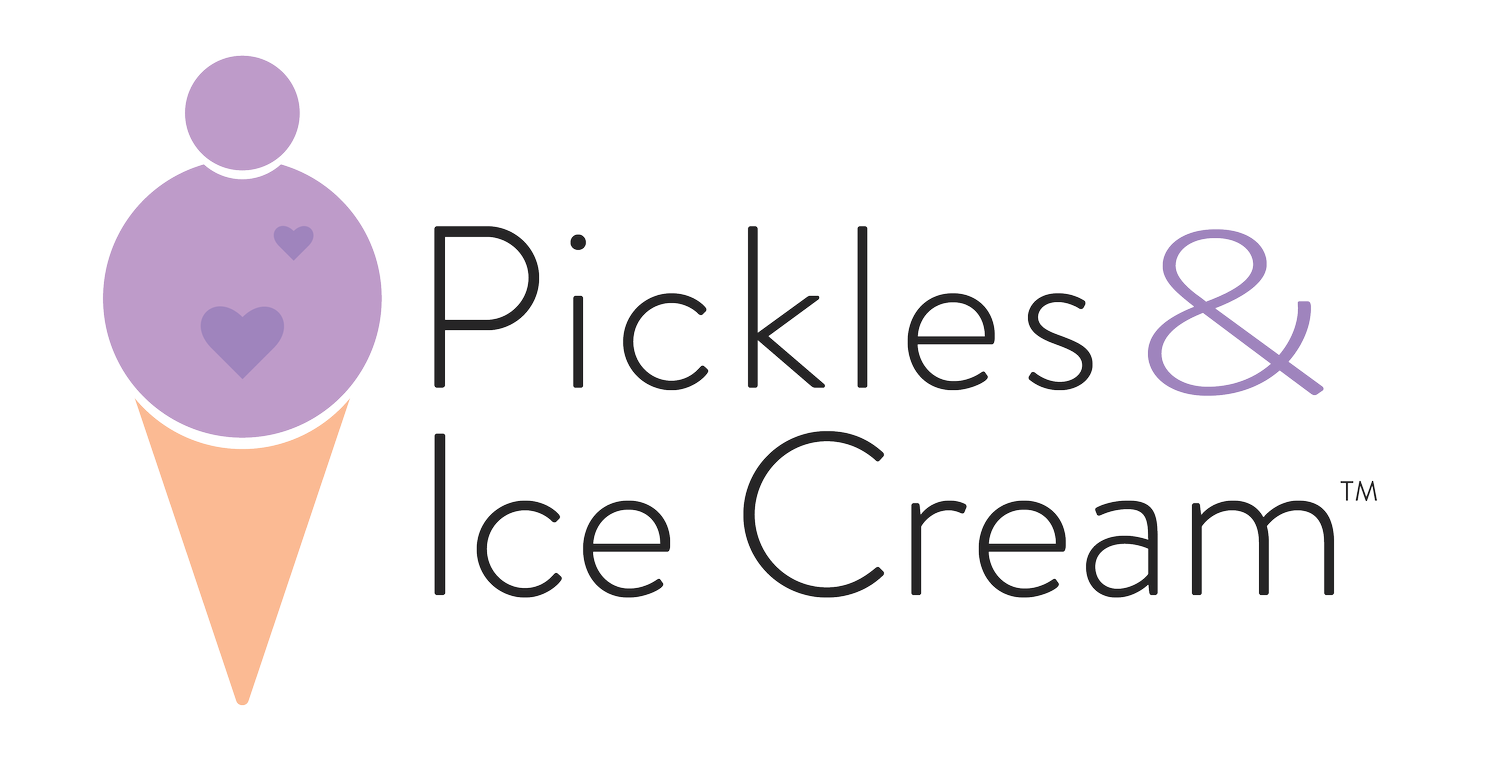C-Sections 101: Everything You Need to Know About the Other Type of Birth
You may have heard of a C-section, but what is that really? What do you need to know about them?
What is a C-section?
A C-section, or cesarean section, is a major operation used to deliver babies. During the surgery, a doctor will make incisions in the abdomen and uterus to remove the baby. C-sections usually are needed when there are unexpected problems or concerns with pregnancy or during labor, but some moms choose to have a C-section for other reasons. There are also times where mothers have to undergo a C-section to repair cesareans. In the U.S., about one in three births are C-sections. C-Sections increased in the United States to 31.8% in 2020.
While vaginal birth is typically the best option for you and baby, sometimes a C-section is the safer option for both of you. It may be safer if:
You have a health concern like a heart or brain condition, high blood pressure, or certain types of infections.
You are pregnant with more than one baby
Your baby is in an abnormal position, like feet first (breech), or shoulder first (transverse)
Your baby is in distress and the provider notices changes in their heart rate or oxygen supply
Labor is not moving as fast as it should
There is a problem with your placenta or umbilical cord
Something is blocking the baby from moving through the pelvis, such as a fibroid
You’ve already had a C-section during another birth
If your provider has concerns, they will talk to you about the safest birth option for you and your baby.
What can I expect when I get a C-section?
If you need to have a planned C-section, you will be told what to expect beforehand.
Your provider will tell you to avoid eating for 8 hours before surgery. This helps prevent vomiting and problems in your lungs during the surgery.
Your provider will educate you on the different types of incisions to include transverse, bikini line, etc.
You may need to shower with a special type of soap to prevent infection. Don’t shave your stomach or pubic area before surgery. If hair needs to be removed, the nurses at the hospital will take care of it.
Once you arrive at the hospital, you will be prepped for surgery, which can include getting a catheter, blood work, and an IV.
You will receive a type of anesthesia so you don’t feel anything during the surgery, usually an epidural or a spinal block, which is applied through a tube in your back. This will numb you, but you will be awake. This will allow you to be aware of what is going on and give you the opportunity to see and hear your baby being born.
The doctor and nurses can talk you through the process to help you feel less nervous. You also may be able to have a support partner or a doula with you.
If you need an unplanned or emergency C-section, the surgery will be different.
Your provider may not have time to explain everything during the surgery.
You may need to have general anesthesia and may not be awake during the surgery.
What does recovery after a C-section look like?
Recovery after a C-section takes a bit longer than a vaginal birth – it’s a major surgery! You probably will be in the hospital for a few days. Your health care provider will help manage your pain. Once you get home, it’s normal to feel tired and have pain.
Learn more about C-section recovery. Learn more about warning signs to look out for.
The recovery process is different for everyone. Take it easy and allow yourself to rest. “Baby blues” are normal. Learn more about when to talk to your doctor. It helps to ask for help from family or friends.
Conclusion
Even if you plan for a vaginal birth, a C-section might be needed. If you’ve had a C-section before, you may be able to have a vaginal birth after a C-section (VBAC). In 2020, 13.9% of women were able to have a vaginal birth after previous cesarean delivery. Talk to your provider about the safest choice for you and your baby.
A C-section is just another type of birth. Even if it wasn’t in your birth plan, it’s okay! You can still breastfeed your baby, bond with your baby, and have a positive postpartum experience.
Resources

